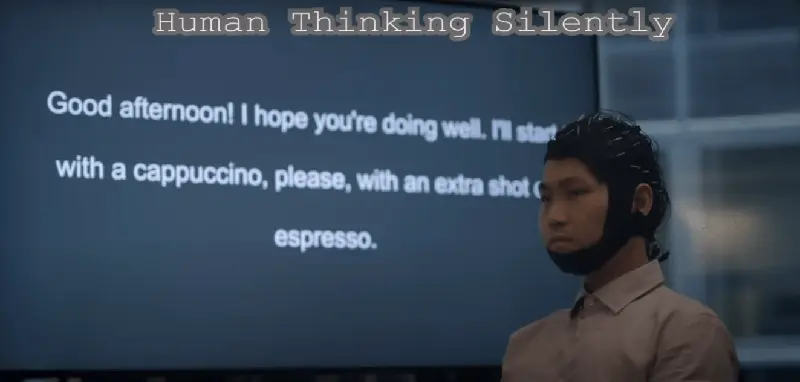A team of researchers from the University of Technology Sydney (UTS) emphasizes that the new DeWave technology is non-invasive. Until recently, scientists had been developing models for reading brain signals that involved implanting electrodes or using expensive MRI machines.
Now, to record thoughts and convert them into text, all you need is a special cap that fits snugly on your head. This smart headgear is equipped with sensors that capture brain waves for the subsequent creation of electroencephalograms (EEG). The system then decodes them using the DeWave codebook.

What the scientists talked about
Researchers tested their discovery on two dozen volunteers. They silently read a text while wearing magical caps that recorded brain waves. The obtained EEG system… AI decoded into text.
The team stated that with further improvements, DeWave could be beneficial for patients who have suffered a stroke and paralysis, as well as help control bionic hands or robots.
Computer scientist Chin-Teng Lin noted that this research is an innovative attempt to translate raw EEG waves directly into language. This marks a significant breakthrough in the field.
Although in the experiments conducted by Mr. Lin and his colleagues, DeWave demonstrated only 40 percent accuracy, this is still three percent higher than the data from previous tests of invasive models for reading thoughts. The researchers’ nearest goal is to increase the AI translation accuracy to at least 90 percent.

The best the system guesses verbs
After thorough training, the DeWave coder converts EEG waves into a code that can then be matched to specific words based on how closely they align with the entries in the DeWave codebook.
“This is the first model that has incorporated discrete coding methods into the process of translating brain waves into text, representing an innovative approach to neural decoding,” explained Chin-Teng Lin. In his opinion, integration with large language models “also opens new horizons in neurobiology and artificial intelligence.”
The team used trained language models BERT and GPT, testing them on datasets obtained from eye-tracking and brain activity recordings during text reading. As a result, the system learned to match brain wave patterns with the words of a codebook, the publication reported. Science Alert .
The best artificial intelligence It showed itself in the translation of verbs. However, nouns were the hardest for the system. For example, the words “person” and “author” were understood by the AI as almost identical concepts.
Perhaps this happens because when the brain processes semantically similar words, they can create similar patterns of brain waves, believes the lead author of the study, Yicun Duan. In any case, the model shows significant results, “aligning keywords and forming similar sentence structures,” he added.
Researchers are focused on future studies of their invention. “Translating thoughts directly from the brain is a valuable but complex task that requires significant ongoing effort,” the scientists wrote in their report.

